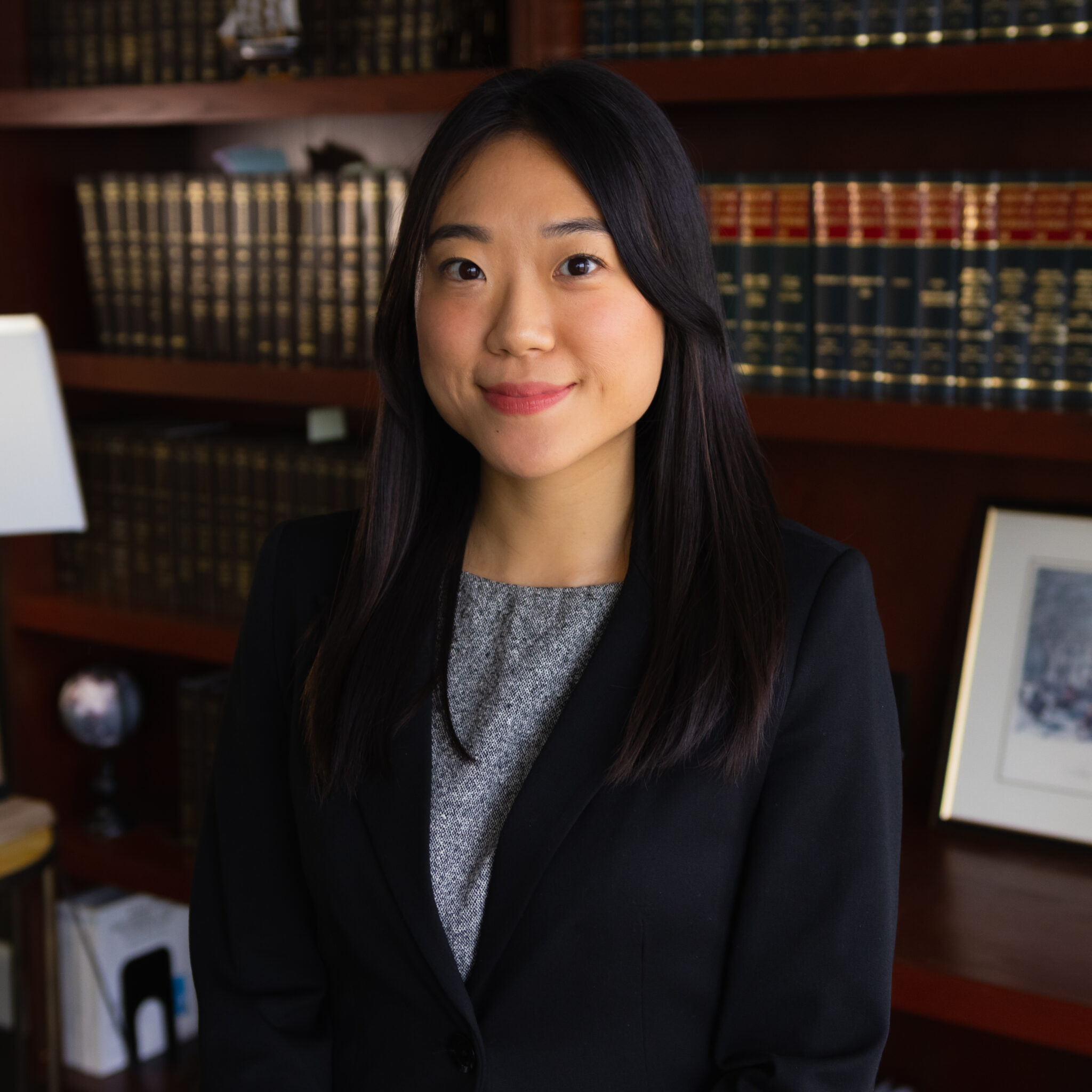
There is a common misconception that it is impossible to file for bankruptcy on student loans. While it may be very difficult to completely or partially discharge student loans in bankruptcy, we can assure you that it is not impossible. You should not be deterred from speaking with a bankruptcy attorney just because it is difficult to file for bankruptcy on student loans.
Student loans are different than other types of debts in bankruptcy. To receive a discharge on these debts, you must show the bankruptcy court that repayment would impose an undue hardship on you or your dependents. The Bankruptcy Code does not provide a definition of undue hardship. Bankruptcy courts have offered varying definitions for this term and what it implies. Future student loan bankruptcy cases will continue to add to these definitions.
Depending on where you file your case, the court will use either the Brunner test, the totality of circumstances test or a modified version of the Brunner test to define undue hardship.
- The Brunner test: To receive an undue hardship discharge, you will be required to show that you cannot maintain a minimal standard of living if you are forced to repay your student loans. You must show that these conditions would persist throughout your repayment period. In addition, you must have made a good faith effort to repay your student loans. Most courts use the Brunner test or a modified version.
- The totality of circumstances test: The first part of this test will assess your possible past, present and future ability to repay the loans. In addition, the court will assess your reasonable and necessary living expenses. Any other circumstances relevant to your case will also be considered. The Eighth Circuit has adopted this test.
Am I A Good Candidate for Student Loan Bankruptcy?
Missouri is covered by the Eighth Circuit, which means you could use the totality of circumstances test. This test is more lenient than the Brunner test. Unlike the Brunner test, a good faith effort of repayment is not a perquisite for proving undue hardship.
There are multiple factors that could help you receive an undue hardship discharge. For example, you may be more likely to receive a discharge if you have a permanent disability and private student loans. This is just two of many possible factors that could be relevant to a student loan bankruptcy case.
Private student loan lenders may also offer partial loan forgiveness once you file for bankruptcy. In some cases, they would rather negotiate than risk a full discharge of the loans.
It will be more difficult to learn whether you are a good candidate for a student loan discharge without first talking to a bankruptcy attorney. The Kansas City bankruptcy lawyers at The Sader Law Firm have helped clients receive discharges on their student loans. In one case, bankruptcy attorney Neil Sader reduced a client’s student loan debt by $250,000.
 Book an
Book an Email
Email Directions
Directions







